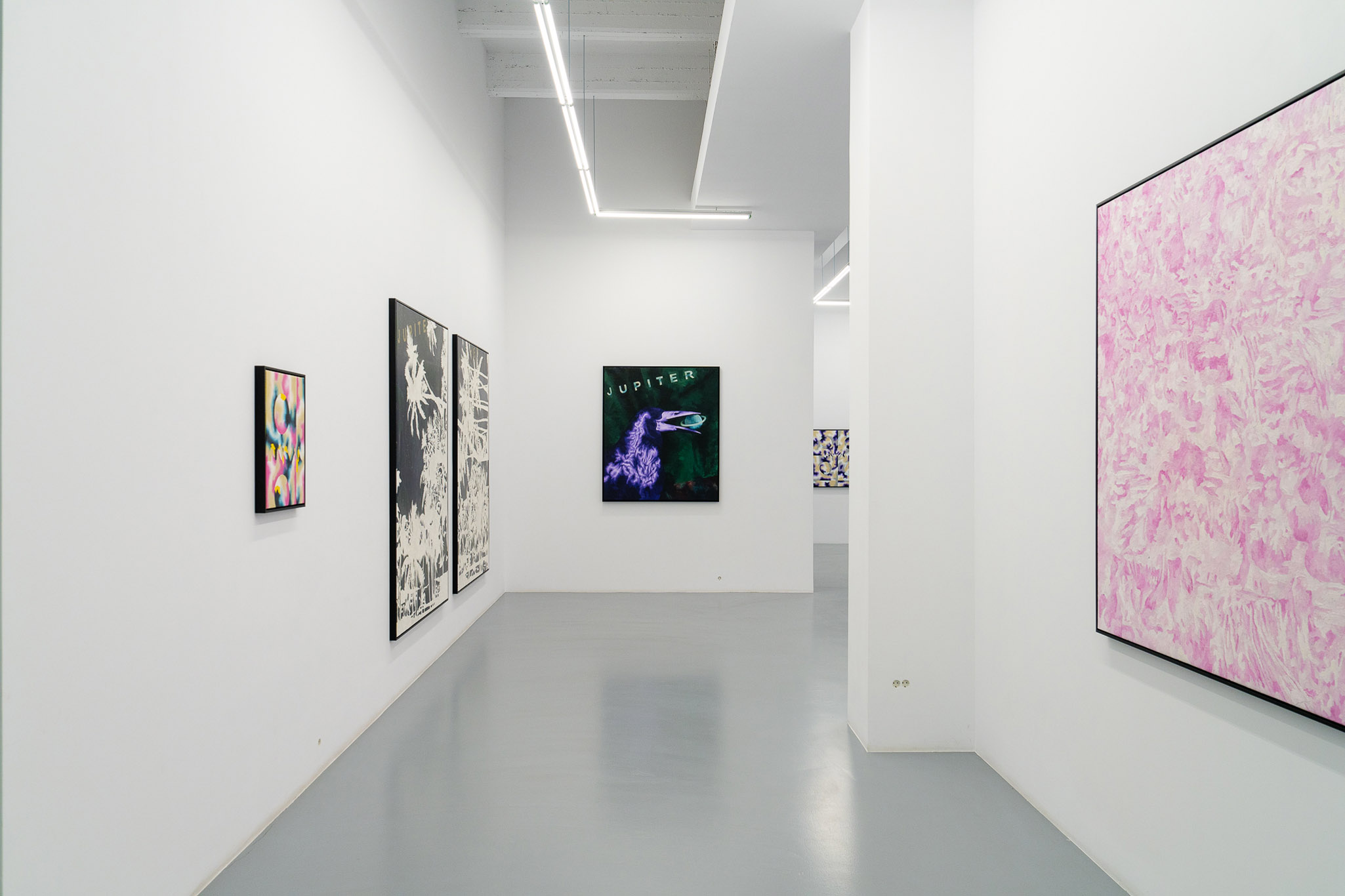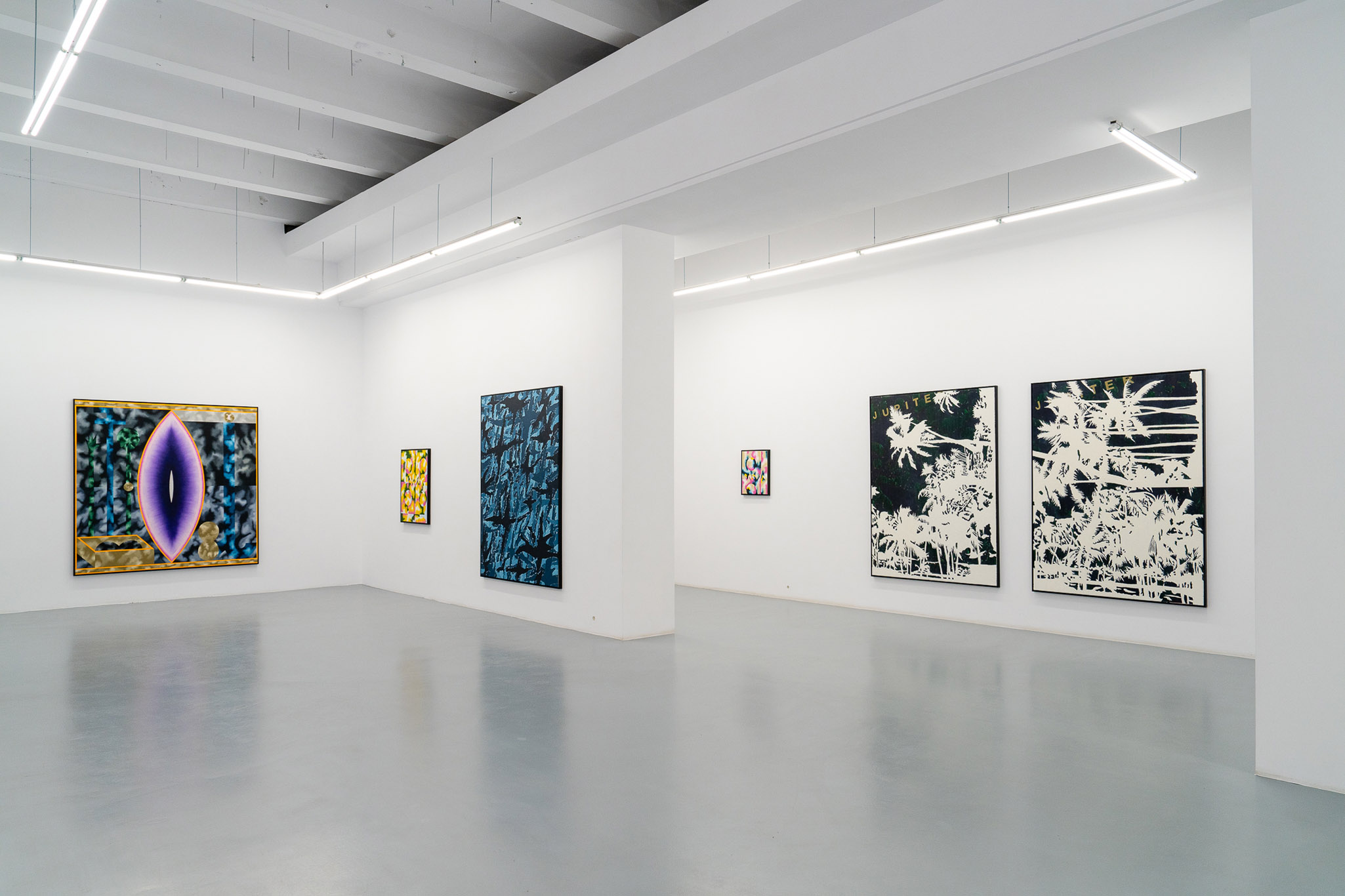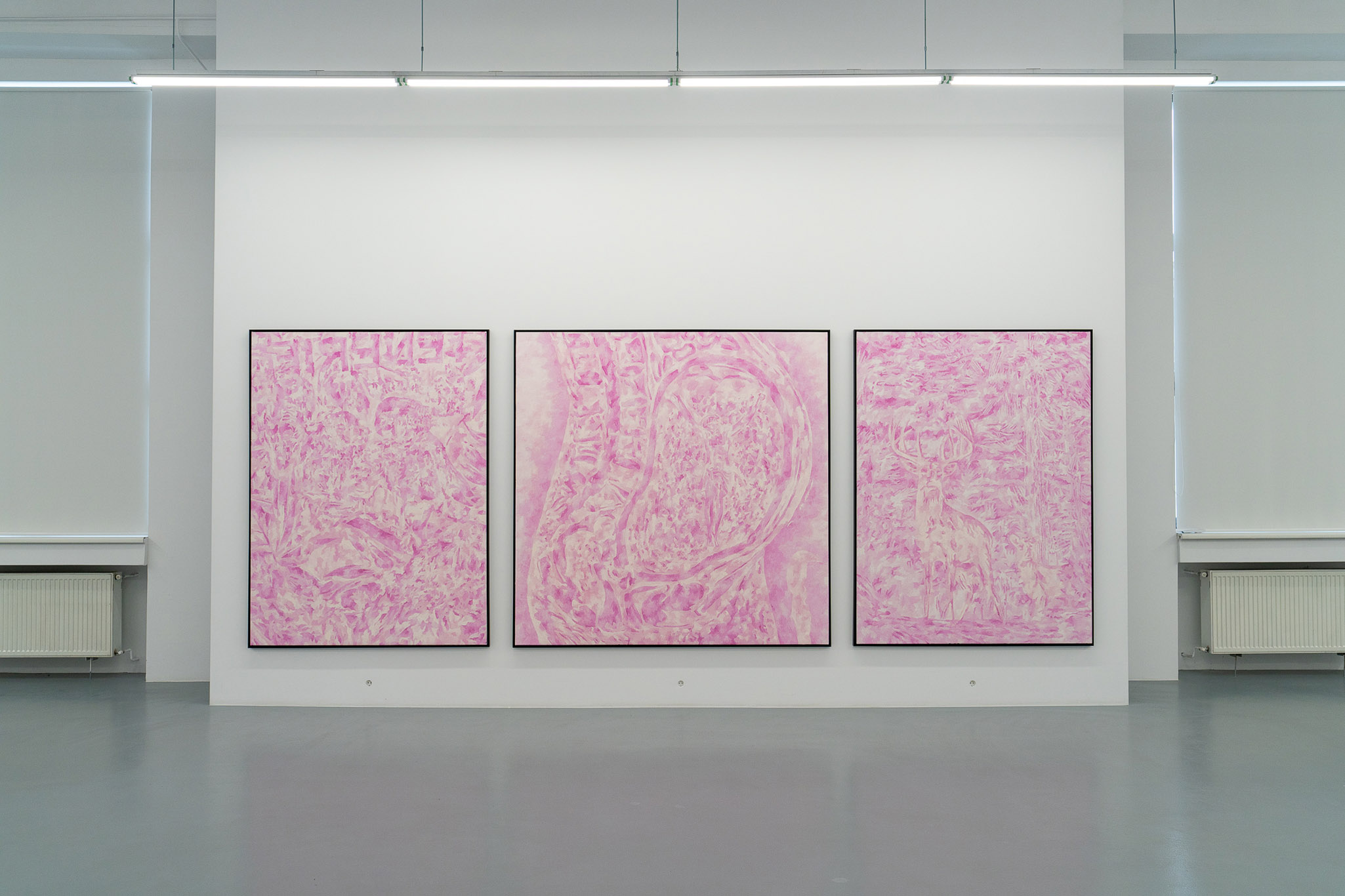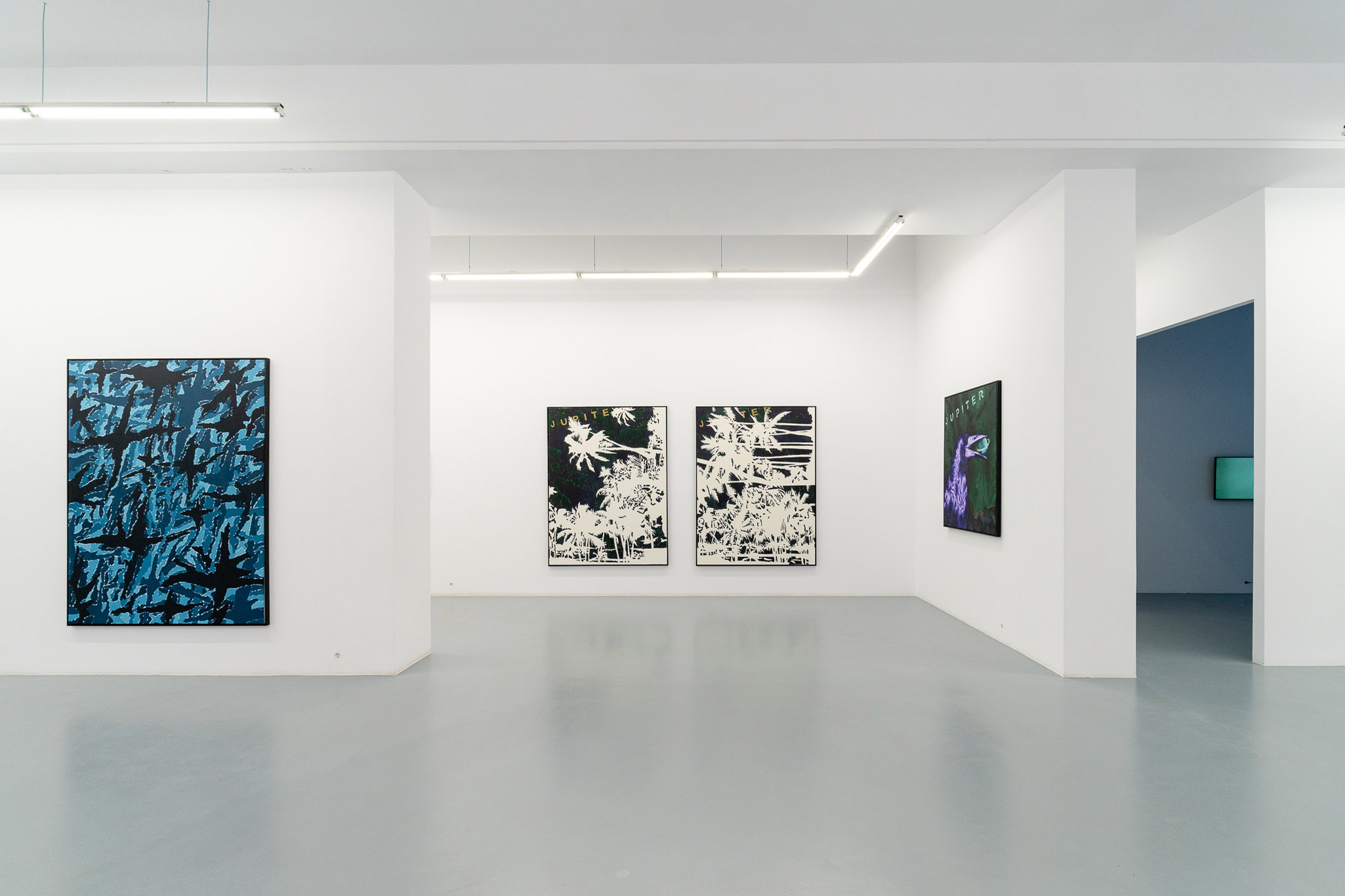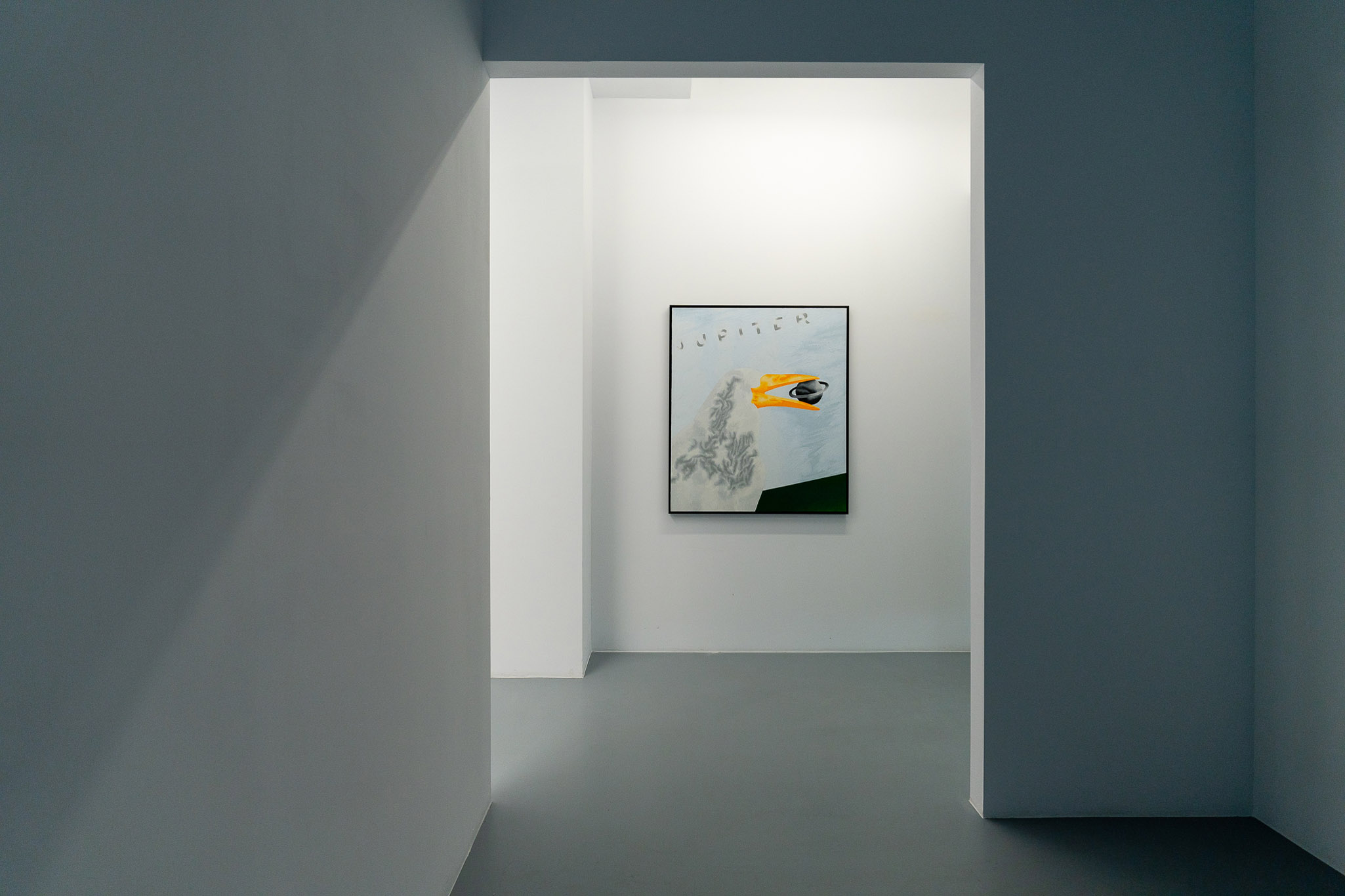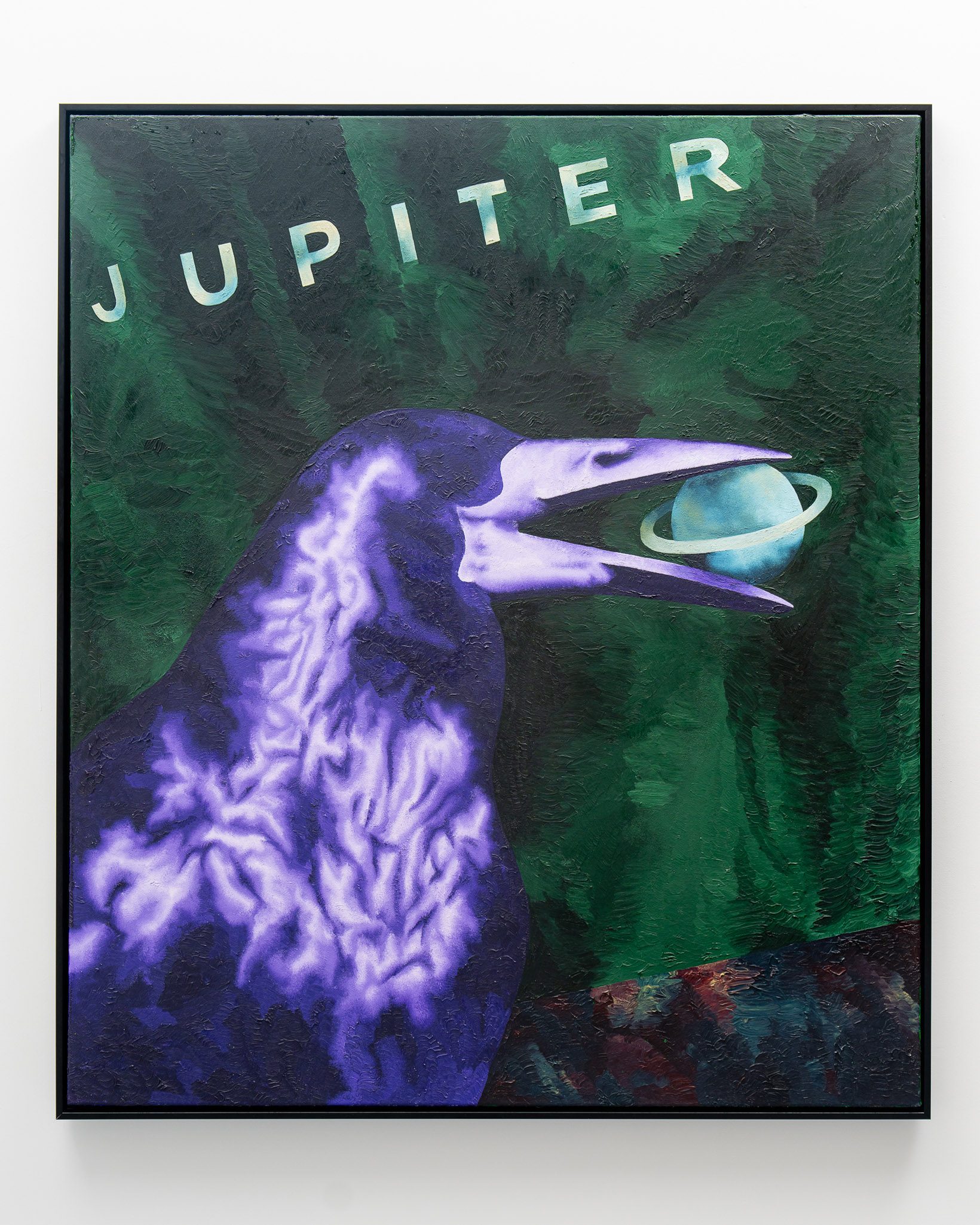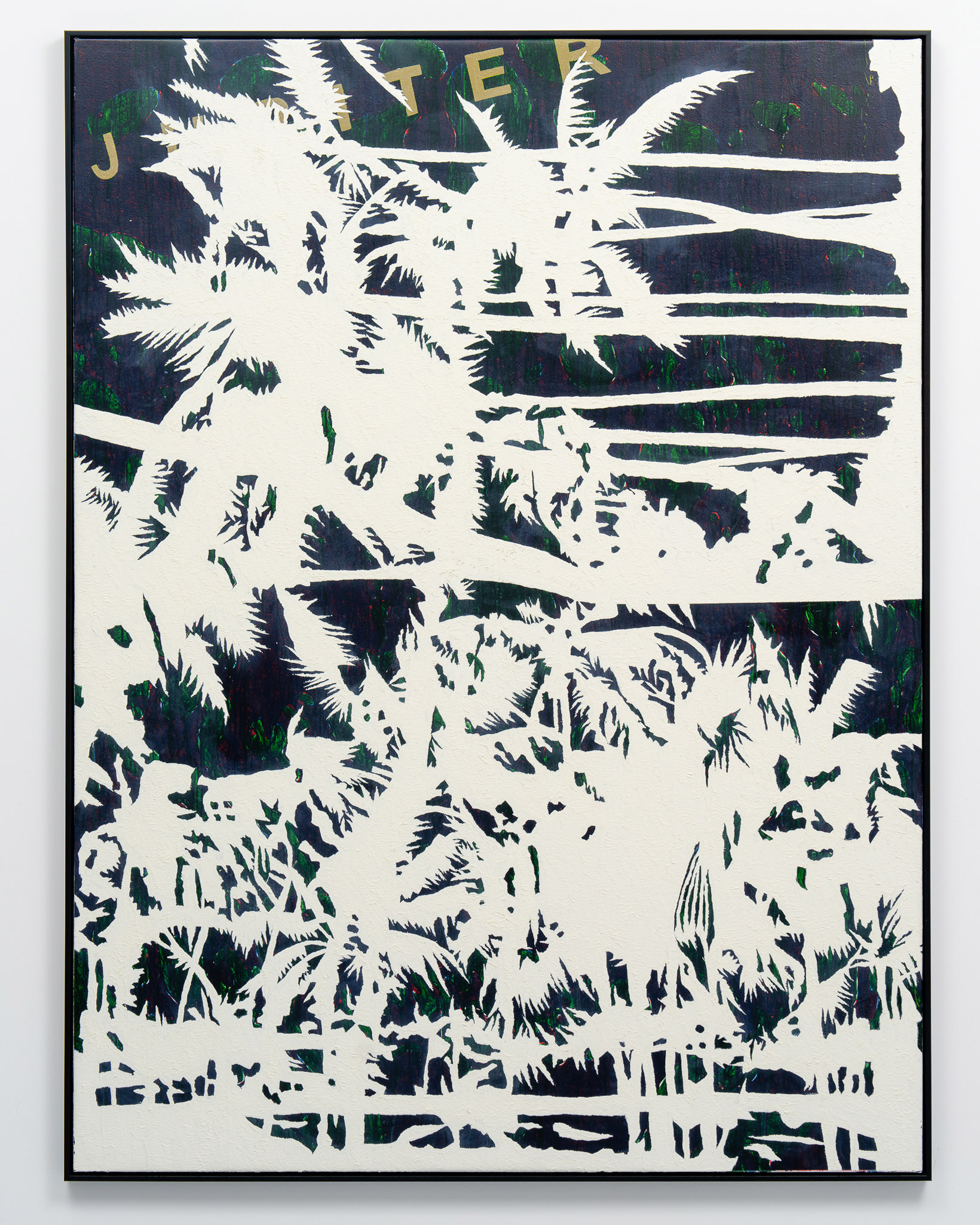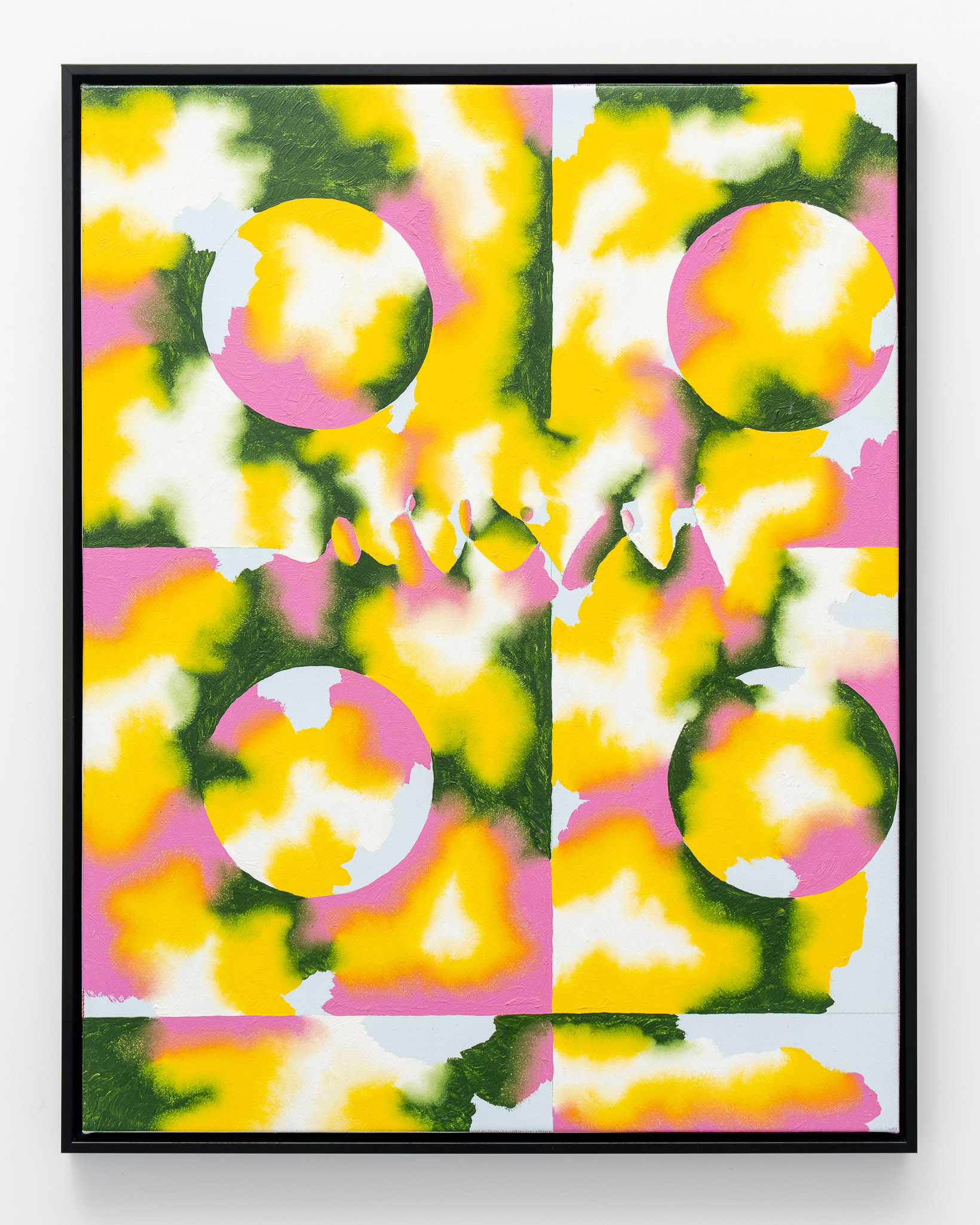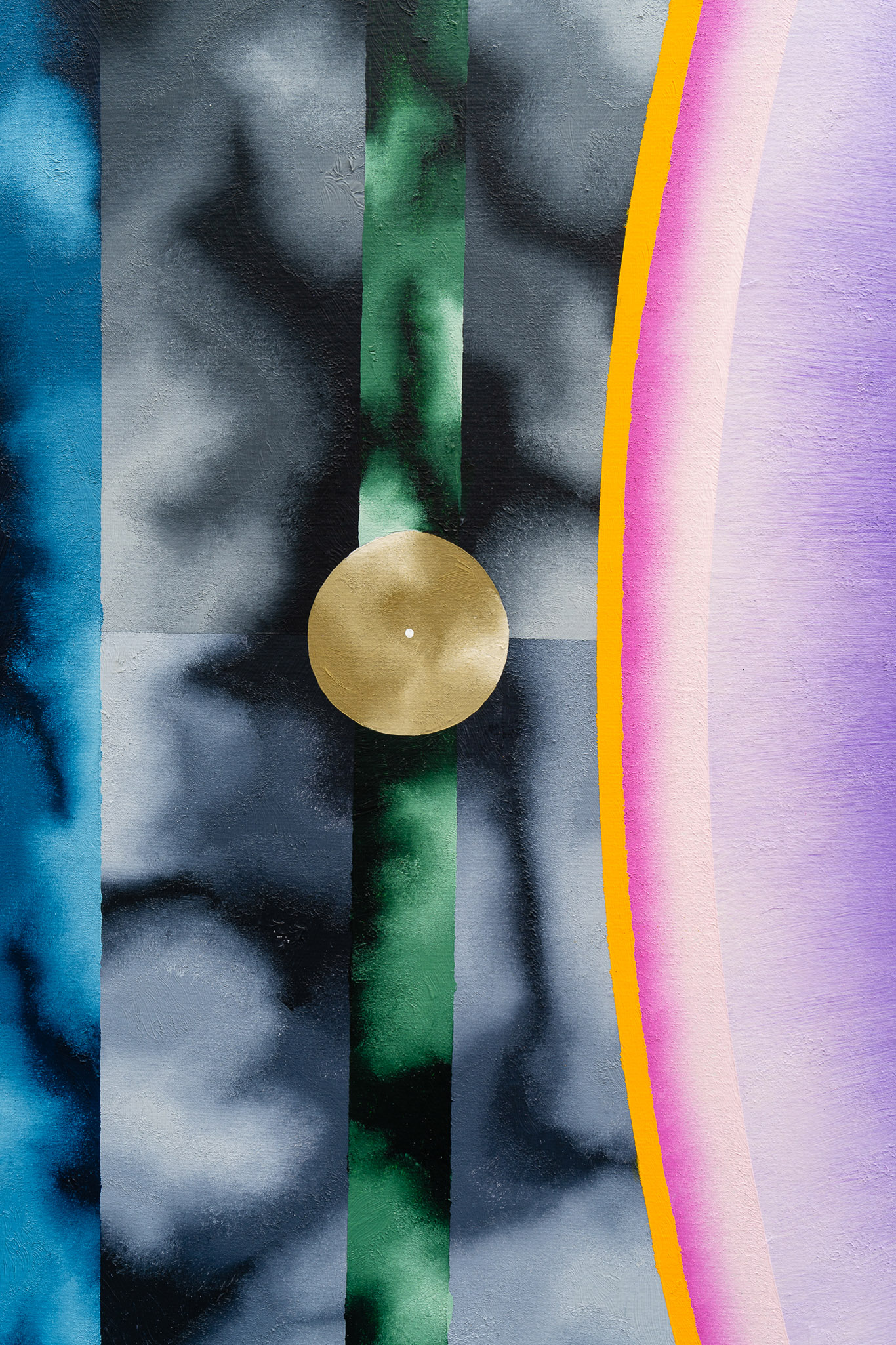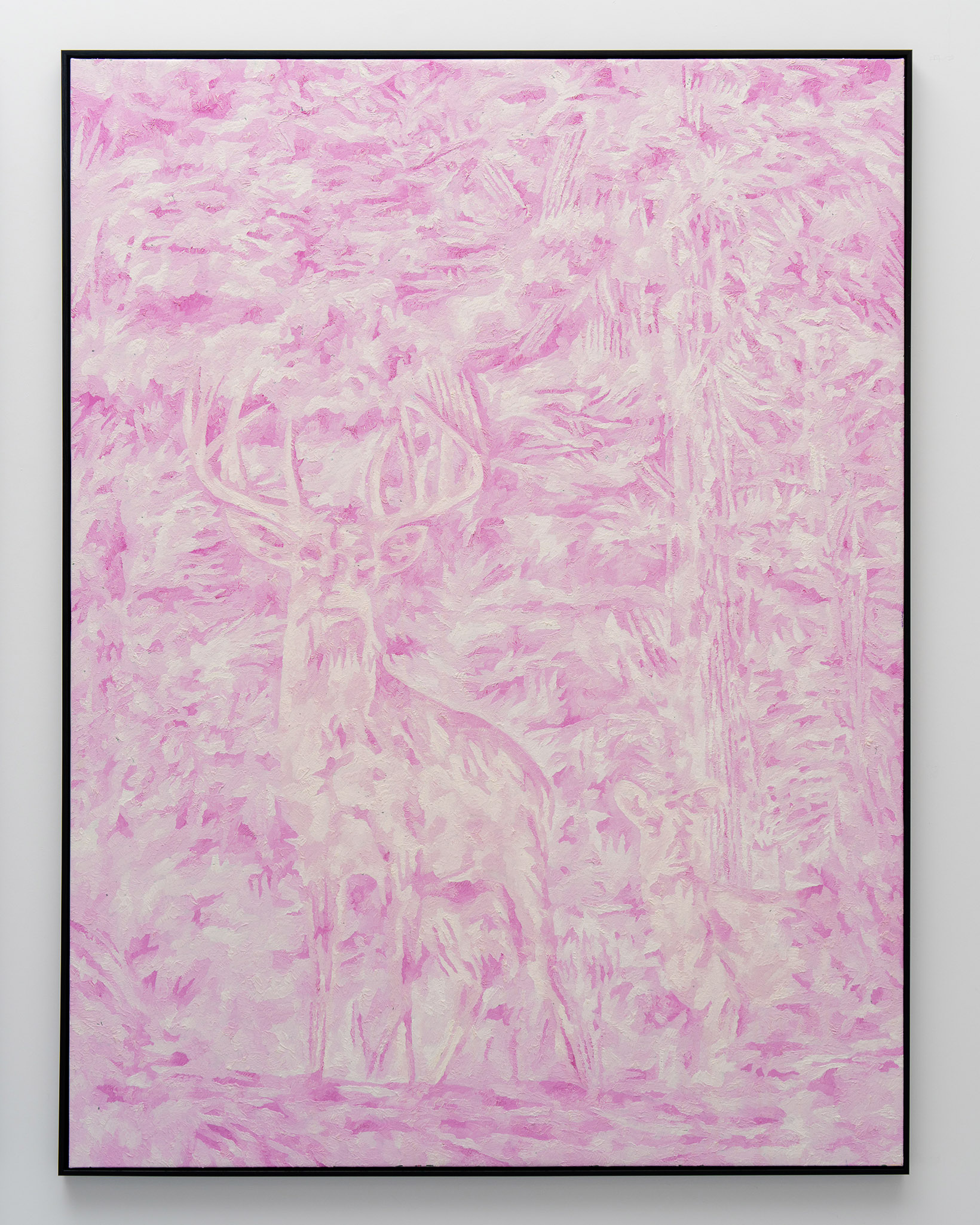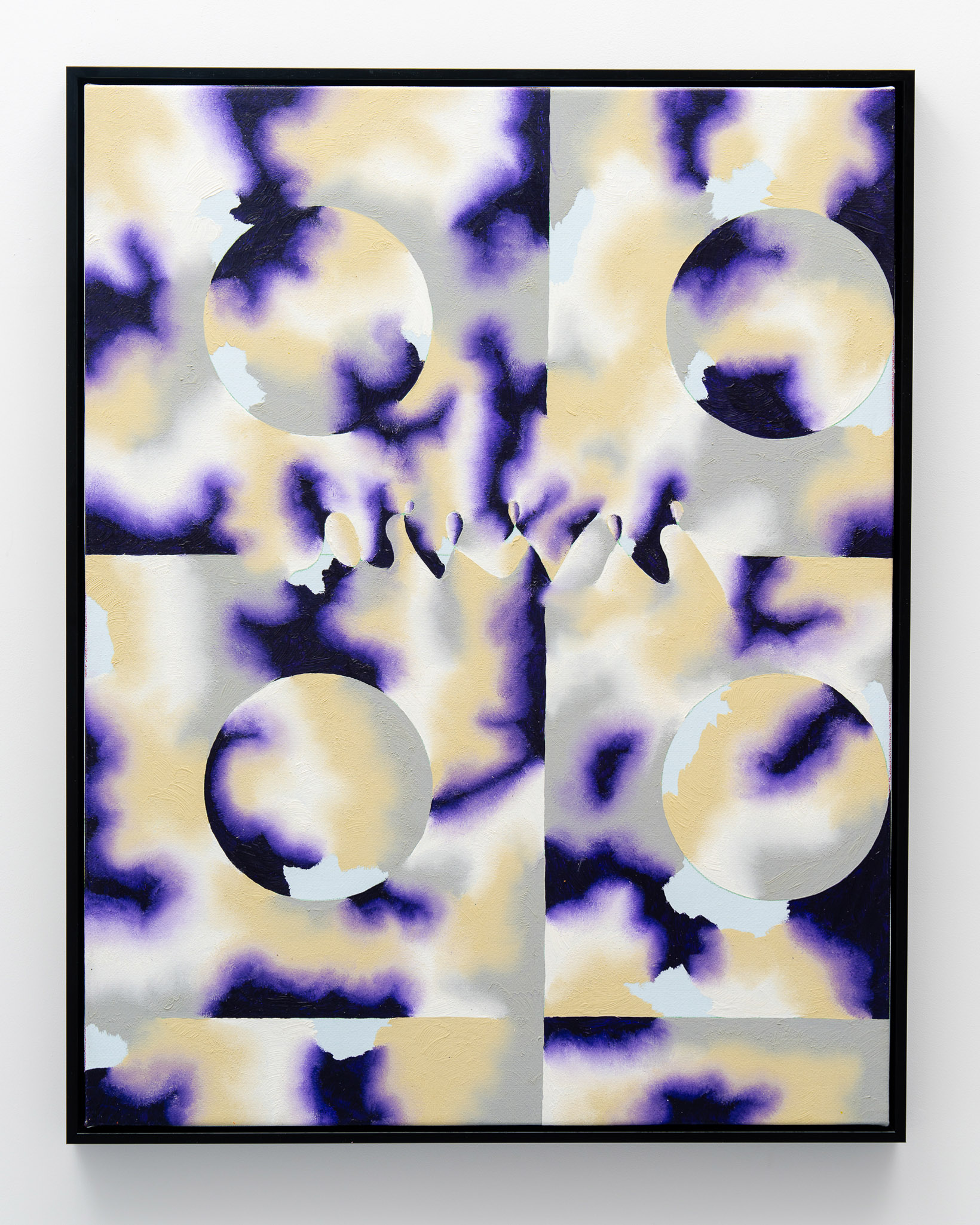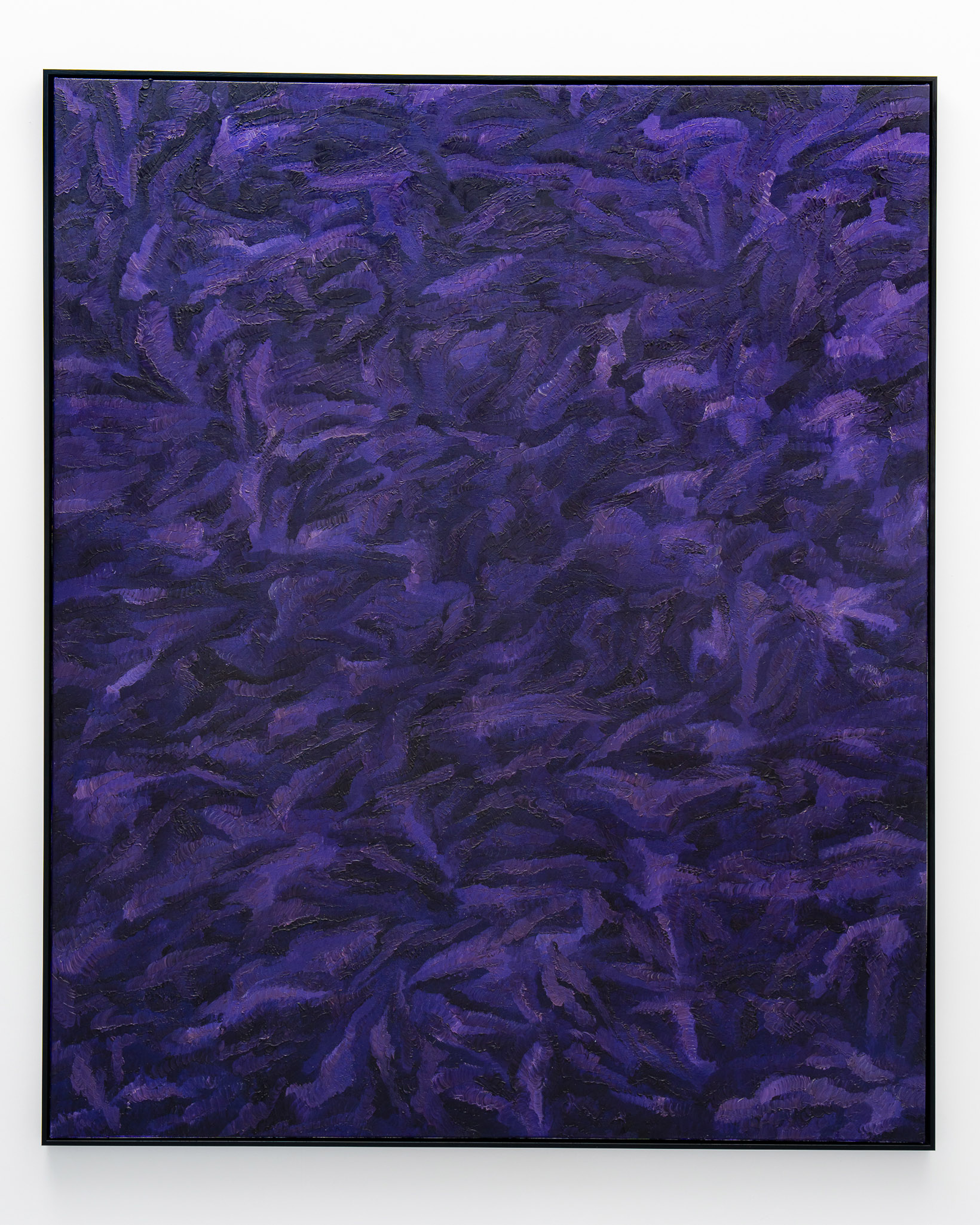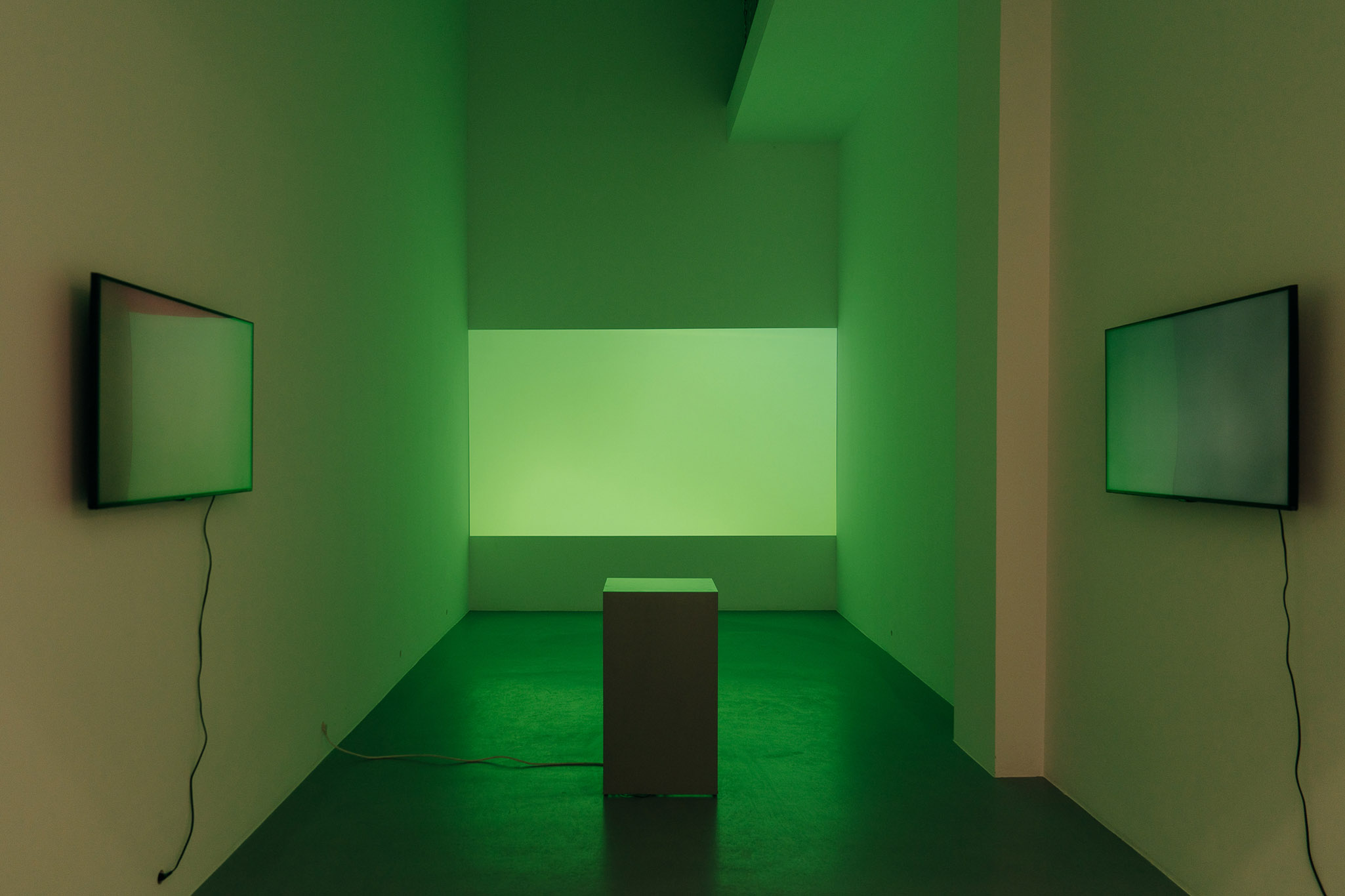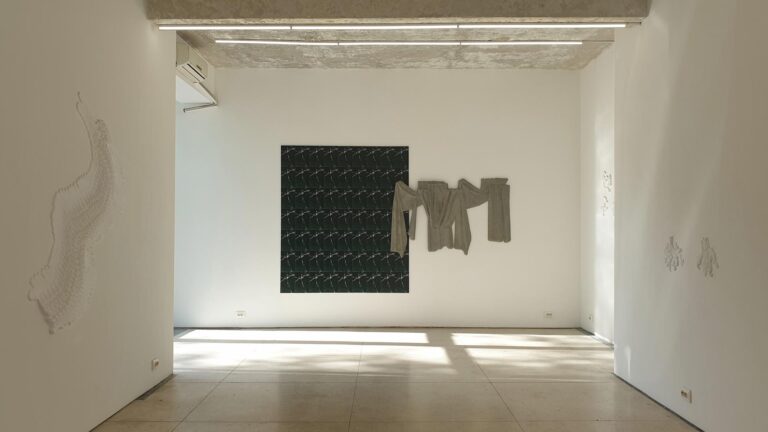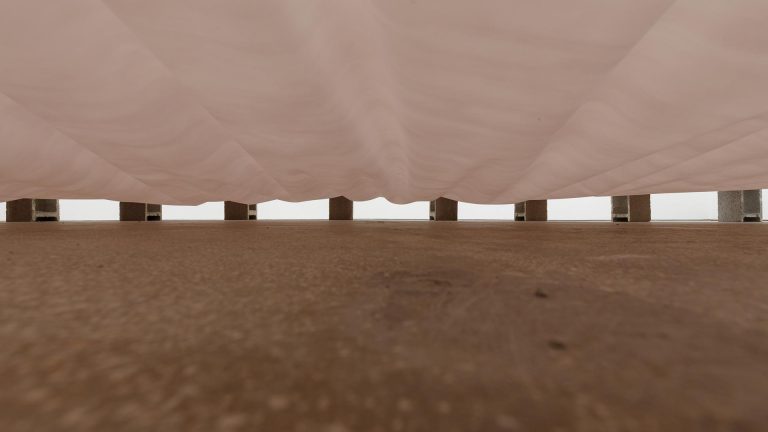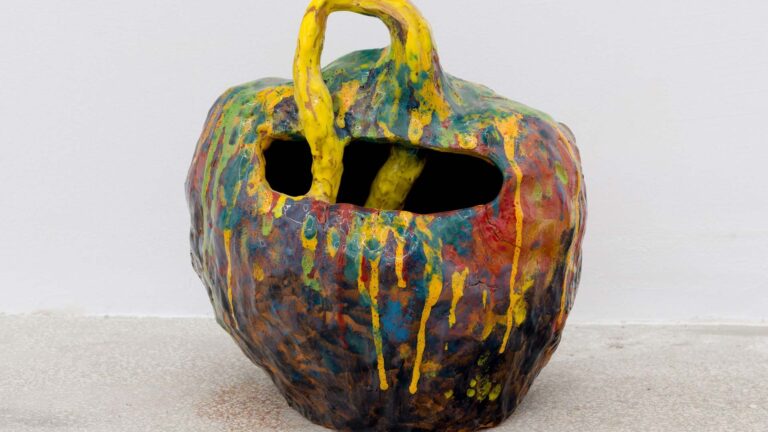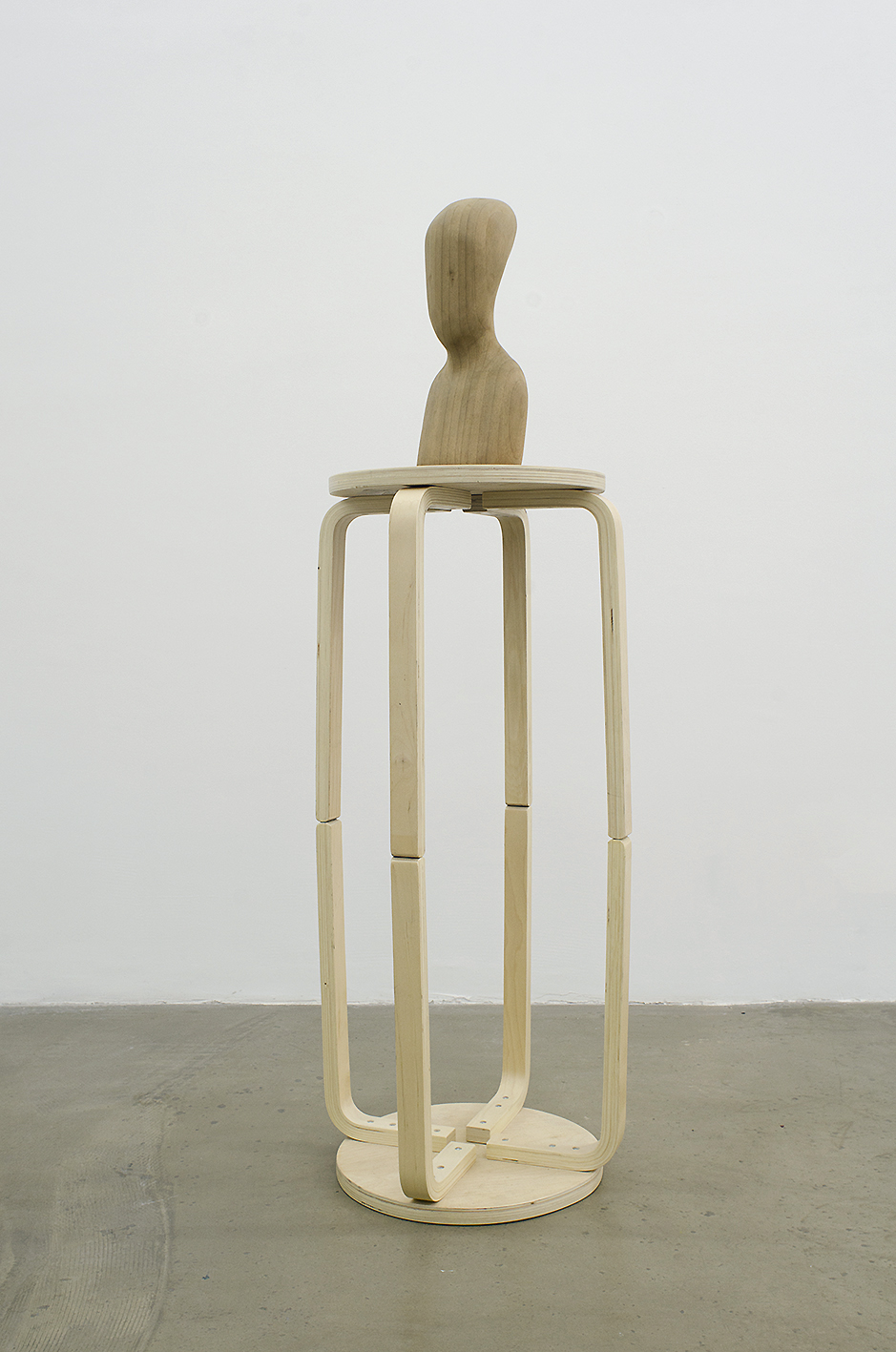The exercise proposed in the exhibition Don’t Cry Anymore, Gili consists of confronting this body of new works without resorting to the precepts shaped by the guides of art interpretation, such as the historian, curator, and philosopher. As a viewer, you are invited to engage with a type of image without being forced to indulge in or overuse the intoxication of meanings imposed by the masters of argumentation. You are alone, outside any narrative framework, asking yourself who is watching whom. The “weeping of Gili” game has precisely this quality of a “mind game,” reminding us of the tragicomic condition of the limits of argument.
One of the art interpreter’s habits is to seek similarities, roots, and differences between the art and the artist’s biography, dictating correspondences between creation and the social and cultural circumstances of the time in which they operate. In this way, common and external arguments, seemingly coherent, are often strung together, building erroneous ideas about the meaning of the work and the artist’s value. In this case, no matter how hard we try to argue the significance of his work, we only deepen the comedy of our own subjectivity. Gili Mocanu’s art has no background, does not emerge as a reaction to external factors, and is not in search of a critical position—in the most disarming way, it is a visual metaphor, unique in the landscape of contemporary painting, which challenges the narrative limitations and boundlessness of the mind.
Faced with these images, the philosopher solemnly reflects on truth, confusing painting with a writing from his own mind; the art historian diligently digs for secret “kinship” ties between the current painting and its origins preserved in museums; and the curator strives to contextualise the represented subjects within contemporary discourse and cultural politics. In this case, the three argumentative paths are not only obscure but also phantasmagorical. This trinity of epistemologists, as visionary as they may be, is equally resistant to ontological evidence, dramatically cultivating the logos against the iconic.
The image, understood as an active iconic phenomenon, as proposed by Hans Belting, and the word, understood as a structural element inherited from the structuralists, are two immutable and opposing worlds, between which no foundational connections can be established. The image cannot be grasped and revealed through words, and often disappears when reduced to truth, history, and cultural politics. The “ghostly” nature of the image, as understood by Aby Warburg when referring to pathosformel, establishes a relationship precisely opposite to wisdom—the image is the one that possesses the viewer, just as a dybbuk possesses the body of the lover, citing a metaphor by Georges Didi-Huberman.
Gili Mocanu is one of the most significant contemporary artists to emerge starting in 2000, but he is not an emblematic representative of any particular generation. The iconography of his paintings is intertwined with Gnostic and occult references, yet he is not a mystic in the strict sense of the term. His condition as a contemporary artist does not specifically conform to the typology of contemporary art. In this way, we can observe that, for Gili Mocanu, the image does not descend from a circumstance, it is not a territory of narrative and expression, it is not a domain of representation or anti-representation of the natural world—rather, the image is a witness to his own immersions into sub-natural and supernatural worlds, composed of a series of signs and symptoms, incidentally, melted into painting.
So, what remains for us, the viewers, to do under these conditions where we know that we do not know? Probably to let ourselves be blindly guided by the artist’s creation and pierced by the images before us, with only one condition: to be mindful of the discomfort and the effects of being watched and seen deep into our souls by non-speaking entities (which, at best, stimulate us to speak with ourselves).
